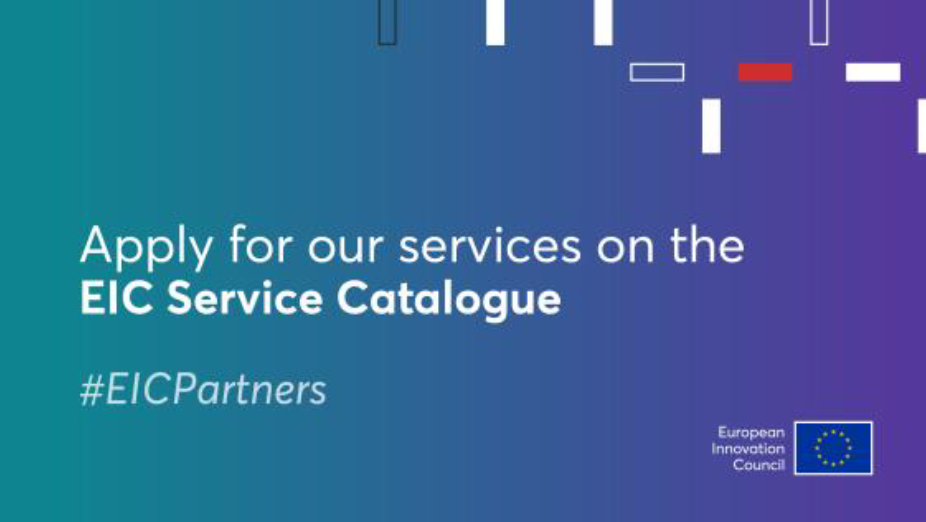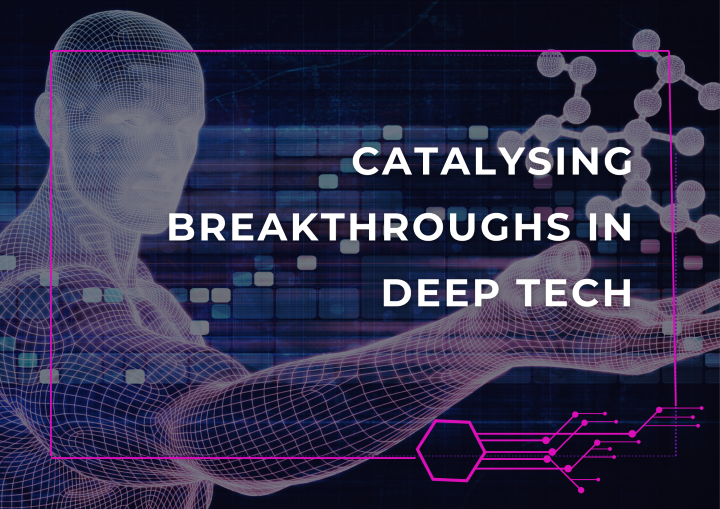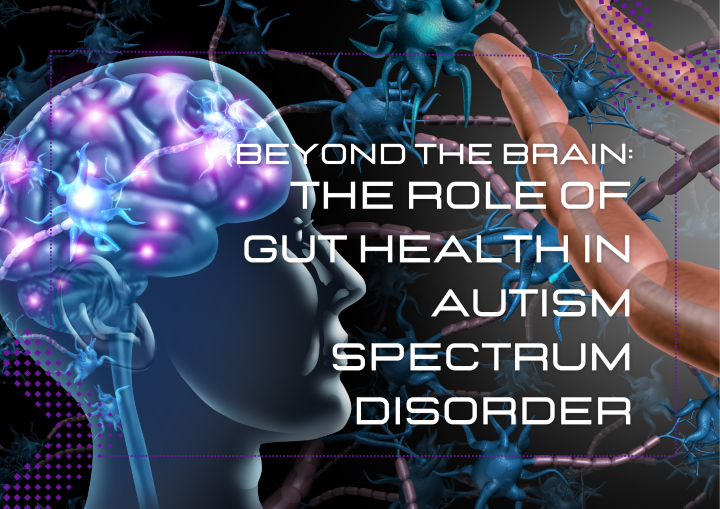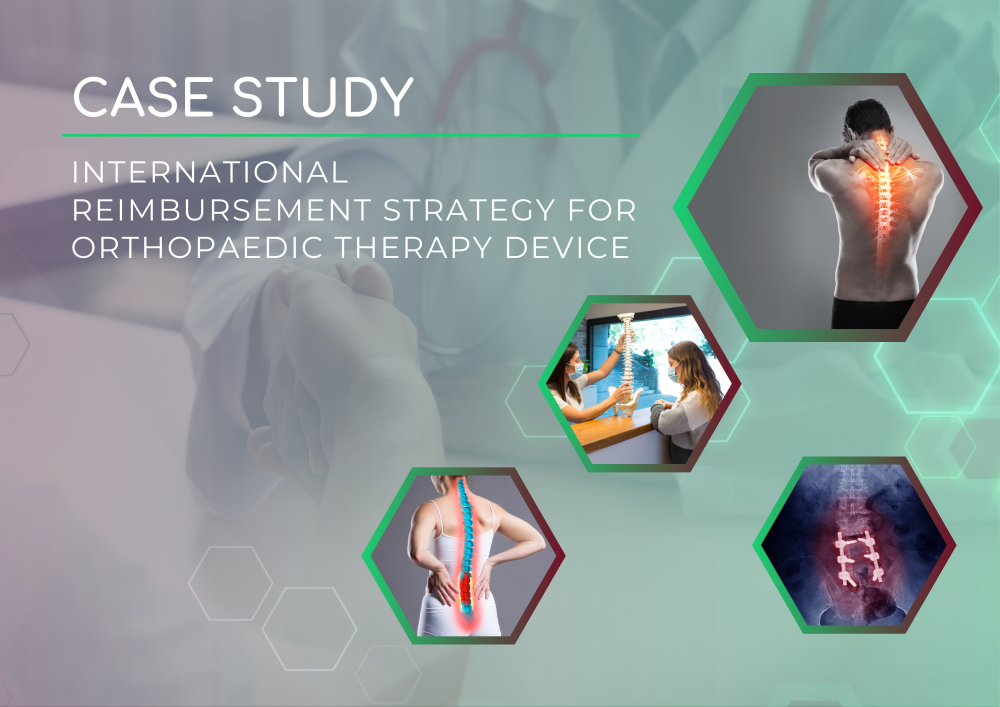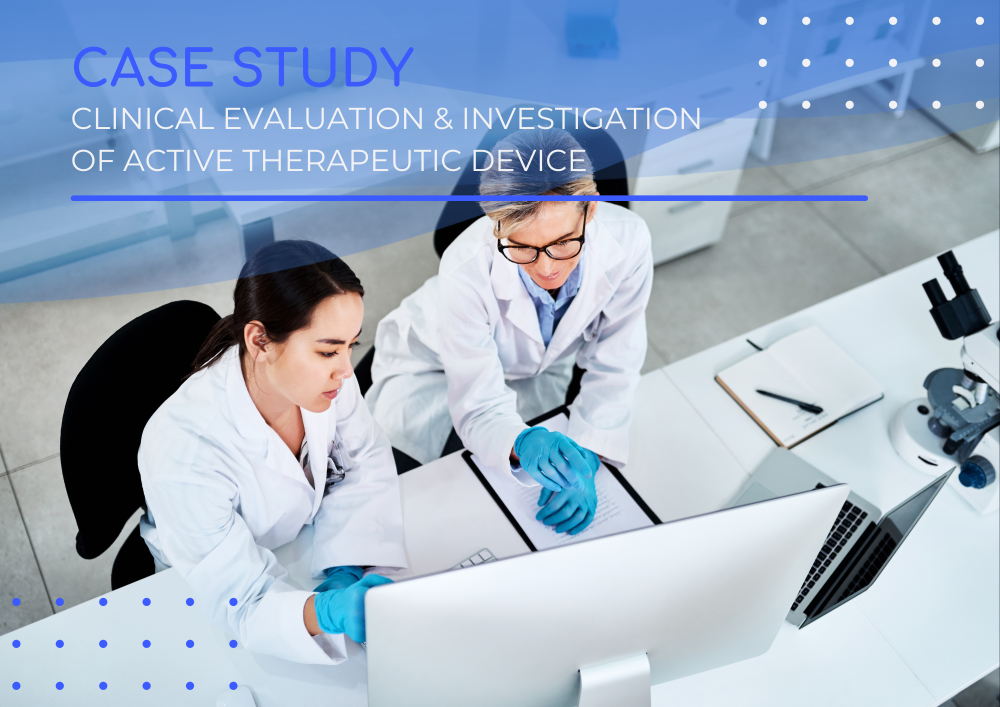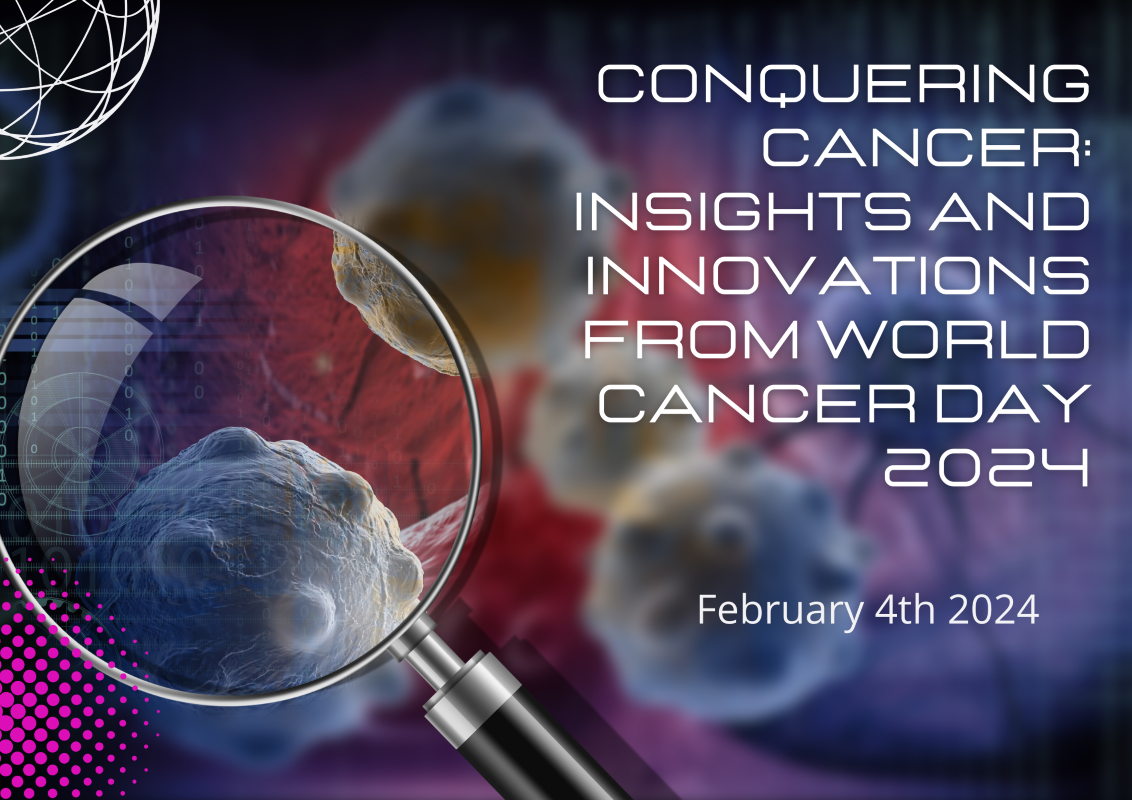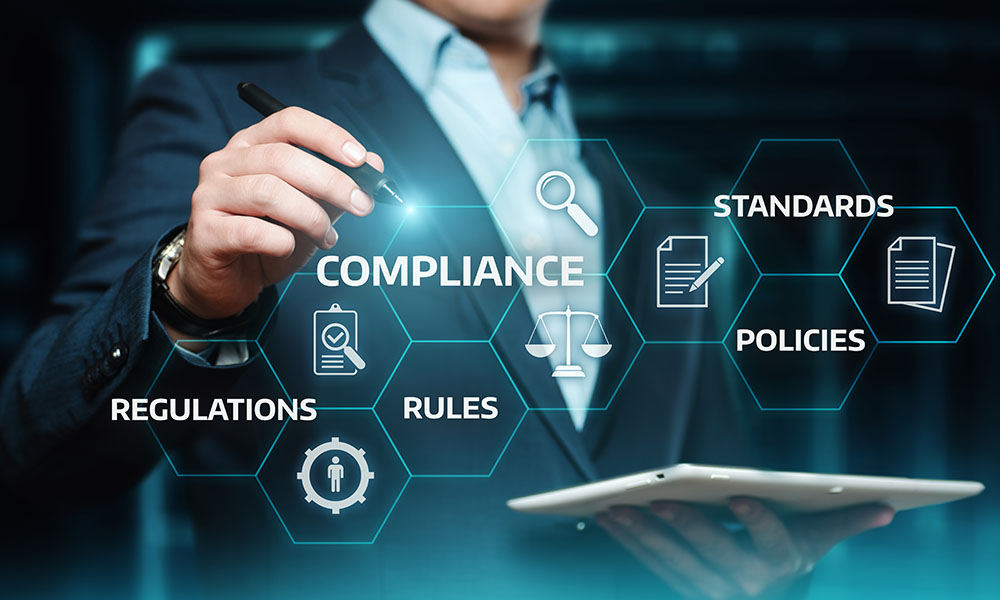Introducing Human Factors, Usability, and Design Thinking
In recent years, medical technology has taken a trend towards creating personalised care while seeking ways to enhance the quality of healthcare for patients and lower healthcare costs. At the same time, developers must keep in mind the devices’ ease of use and gain regulatory approval in the highly internationalised market.
Capturing user profiles and use environments across nations and cultures needs more creative, wide-reaching, and complex problem-solving approaches than the conventional preference for scientific and technological advancement.
Even so, it is not uncommon to observe medical technology developers concentrate on engineering rather than user needs and usability, although human factors have been identified as a critical aspect of the risk management plan for medical device safety.
So why put the user at the center of medical technology development?
User-Centred Design
Leaving the fact aside that the FDA and MDR have addressed usability requirements in regulatory requirements and guidelines to enhance device performance and safety, the most profound reason is to protect people from injury and death due to use errors as they arise from a poorly realised fit between the user and device. One sadly famous example is the programming of infusion pumps, where a simple decimal error of 50 instead of 5.0 – example-wise – could lead to a fatal drug dose delivery. This error has been so frequent that the industry has coined the expression “death-by-decimal point” to initiate the use of correction processes to address this particular medical error.
To highlight how broad the issue is: It is estimated that thousands of people die yearly due to medical device use errors. By reviewing the FDA’s MAUDE (Manufacturer and User Facility Device Experience) and MDR (Medical Device Reporting) databases, it can be seen that several hundred thousand medical devices are being reported every year.
To put it simply, from a manufacturer’s point of view, a medical device can be optimised for safety as long as it remains within the engineering domain, but once the device has entered the market, its safety depends on the user. User types and environments of use vary widely, and even among medical professionals’ differences in sophistication cause a great deal of variety in the user experience, not to mention differences between nations and cultures.
Design for Global Market
While the market for medical technology is getting more and more international, it is not enough to consider questions like “Who will use this device?” or “What are the expectations of each user group?” Hence, instead, questions like “What are the colour and symbol code comprehensions?” come into the picture while considering if the design should be universal and free of any unique cultural specifics or specially designed for one specific culture.
Such issues and considerations bring a new challenge to defining user profiles and use environments, emphasising the need for a more user-centred design process. Entering design thinking is a human-centred iterative approach for creative and critical problem solving that works well hand in hand with human factors research investigating human characteristics and using the environment to translate this into medical device usability and to integrate this into the whole medical device life cycle.
Break the Cultural Design Bubble
The advantages of design thinking tools are the use of diverse and multidisciplinary teams that tackle to redefine unknown or ill-defined problems by focusing on what is most important for the user and their interactions in their real-life environment. The aim is to break the naturally developed thinking patterns to produce unconventional and original ideas and to bring diverse voices and user-driven criteria into the design process.
As designing for another culture is less intuitive and designers are easily swayed by assumptive thinking, it is even more critical to seek an understanding of the user journey where designers need to break out of their cultural bubbles. It is not about designing for specific languages or traditions but for different cultural dimensions, colour and symbol psychology, and mental models.

